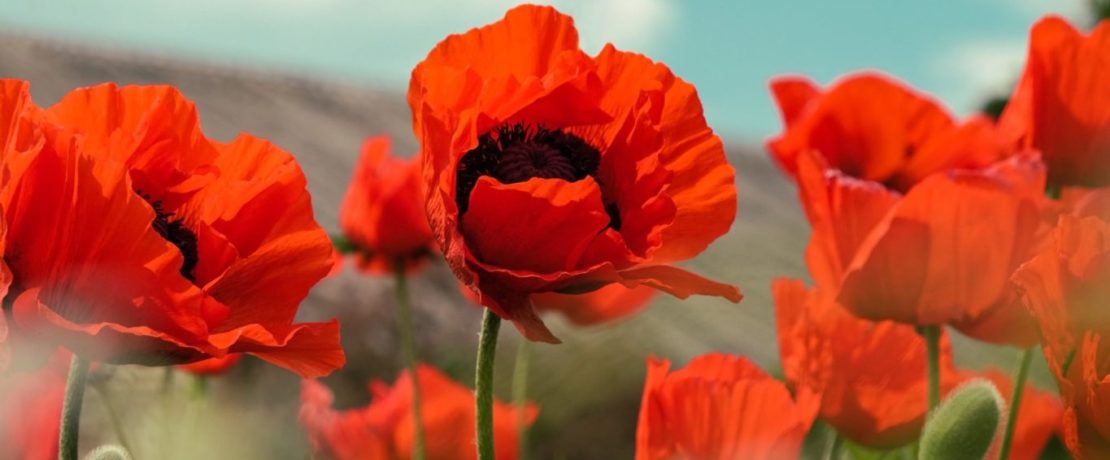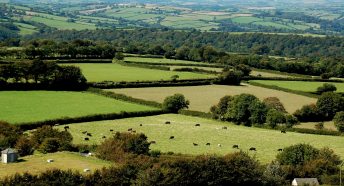Remembrance Day: the landscapes they left behind
To mark Remembrance Day we asked some leading writers to reflect on the First World War poets who shaped our understanding of the conflict, and the landscapes that helped inspire their work.
Facing the horrors of the Great War, many poets harkened back to the serenity of the countryside they had known since childhood. Evoking bountiful fields, village life or the sounds of nature, their poetry imbues the landscape with extraordinary power – sometimes with patriotic fervour, sometimes with simple longing for home.
Even non-combatants, including many female wartime writers, could readily understand what Constance Ada Renshaw called ‘The Lure of England’. In her poem of that name, she imagines how thoughts of the ‘misty sea-girt island’ induced homesickness in those fighting overseas: ‘England, England! all my hungry heart is yearning back to you!’
Blurring the English landscape with nationalism and with identity itself, Rupert Brooke’s famous poem ‘The Soldier’ reveals the deep-rooted connection he felt for his native soil: ‘If I should die, think only this of me: / That there’s some corner of a foreign field / That is for ever England.’
Brooke died of sepsis before ever reaching the Front; for those who served on the front line itself, the reality of combat painfully contrasted with, and often threatened to obliterate, memories of home. But through their vision of England, the soldier poets gave those they left behind a new sense of appreciation for the countryside they missed so much. A century on, we asked some leading enthusiasts of the war poets to reveal how landscape helped shape the writing of each.
Edward Thomas: Hampshire
By Sir Andrew Motion, CPRE vice president and former Poet Laureate, whose works include ‘The Poetry of Edward Thomas’
The poems of Edward Thomas are set as surely within and against what he called The South Country – and in particular the vicinity of his homes in Steep, Hampshire – as Wordsworth’s poems are set in the Lake District. And with a similar deliberation. Like Wordsworth, whom he so much admired, Thomas uses local names, scenes, flora and fauna not only to realise the countryside itself, but also to describe a sensibility and state of mind. Thomas is at once rooted and rambling. This is what makes him so modern, and capable of speaking to us so clearly a century after his death. He knows what it means to be in place, as well as displaced.
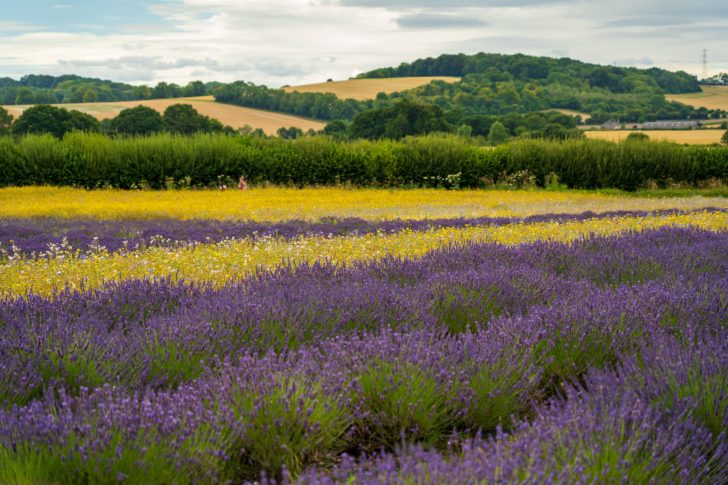
Wilfred Owen: Shropshire
By acclaimed novelist Melissa Harrison, whose third book, ‘All Among the Barley‘
From providing the title of my first novel, Clay, to haunting the pages of my second and third, Wilfred Owen’s poetry has long been a touchstone for me. In his juvenilia and early pre-war work, there’s evidence of a deep connection to landscape – in particular, woods and trees. But, in his war poetry, it’s the shocking absence of such things – the evocation of a landscape stripped of all meaning and coherence (‘the huge disorder of the place’) – that produces, along with his unflinching humanity, the unforgettable moral payload of his work.
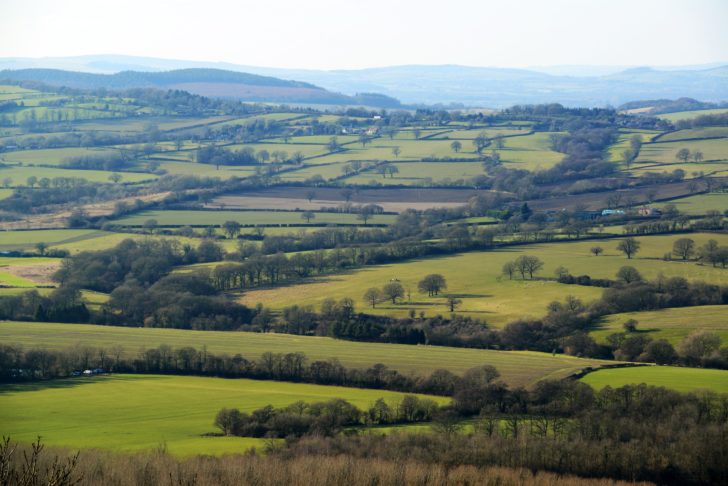
Ivor Gurney: Gloucestershire
By geographer and literary researcher Eleanor M Rawling, author of ‘Ivor Gurney’s Gloucestershire: Exploring Poetry & Place’
The work of poet and composer Ivor Gurney reveals his close relationship with the countryside of his native Gloucestershire. His war poetry contains frequent references to the lanes, woods, hills and rivers of the county. In France, Gurney saw echoes of Gloucestershire everywhere – the Cotswold spinnies evoked by a copse on a hillside near St Quentin (‘Near Vermand’); his beloved Crickley Hill brought to mind walking a lane near Buire au Bois (‘Crickley Hill’) – but his war poetry is also imbued with a sense of loss because Gurney, a prolific wanderer, relied on movement through the landscapes to fire his creativity. As a soldier in France, he could no longer roam freely in his loved places. For Gurney, his deep engagement with Gloucestershire landscapes was, as his war poetry reveals, essential to his sense of identity.
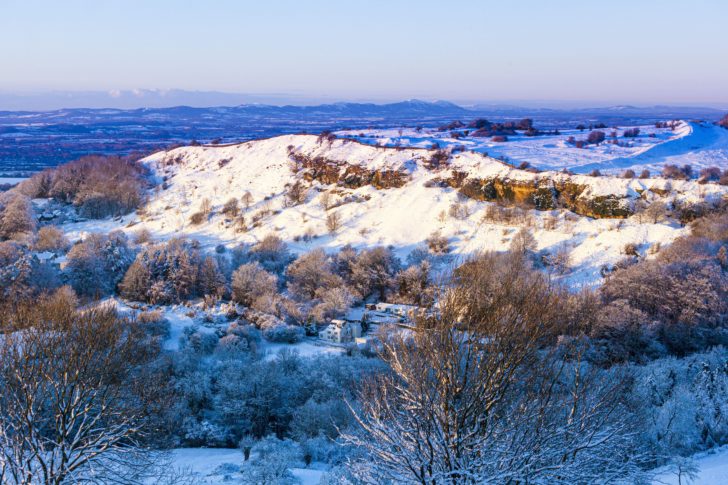
Siegfried Sassoon: Kent
By Jean Moorcroft Wilson, war poet expert who has written biographies of Siegfried Sassoon, Isaac Rosenberg and ‘Robert Graves: From Great War Poet to Good-bye to All That’
Siegfried Sassoon grew up in the beautiful Weald of Kent and loved the countryside with a passion. It was his main home until he enlisted in the Great War in 1914. Once posted to France in late 1915, he looked back longingly to the British rural scene, and wrote about it nostalgically in his war poems.
‘To Victory’, written shortly after he arrived at the Front, sums up what he loved most about it: ‘Return to greet me, colours that were my joy, / Not in the woeful crimson of men slain, / But shining as a garden; come with the streaming / Banners of dawn and sundown after rain.
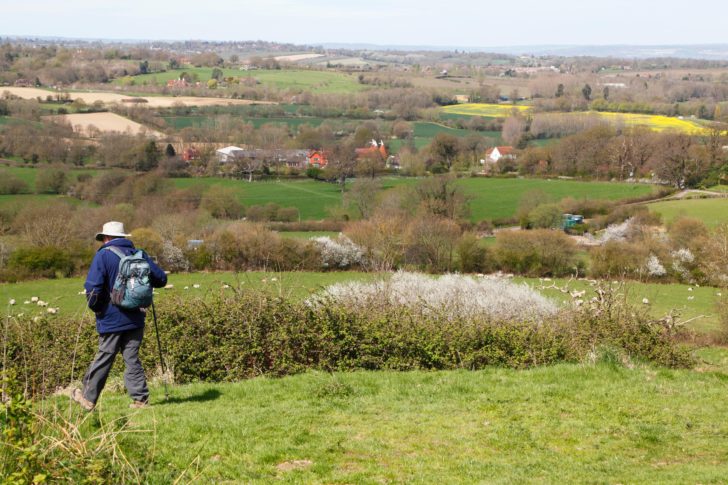
This article, or a version of it, was originally published in CPRE’s award-winning magazine, Countryside Voices. You’ll have Countryside Voices sent to your door three times a year, as well as access to other benefits including discounts on attraction visits and countryside kit from major high street stores, when you join as a CPRE member. Join us now.
